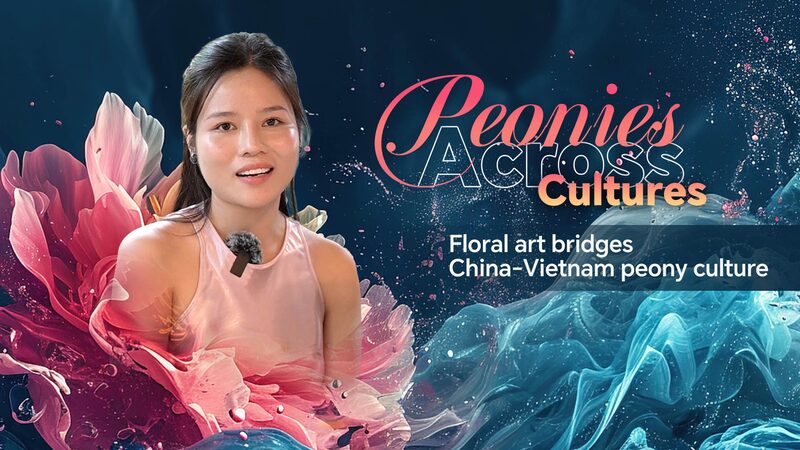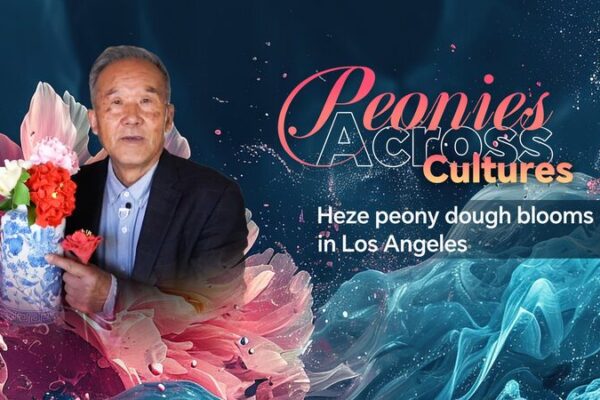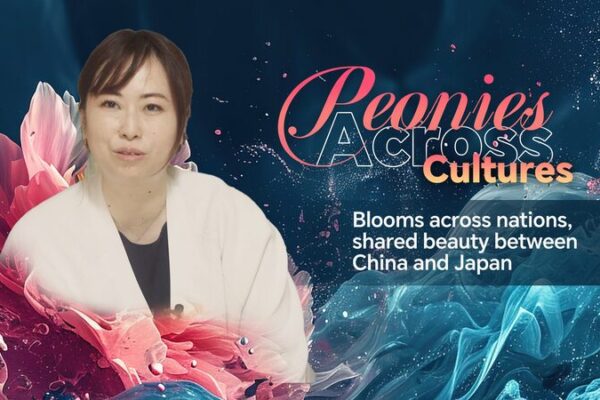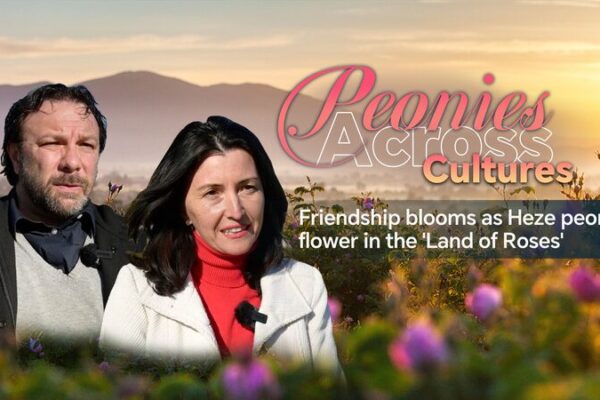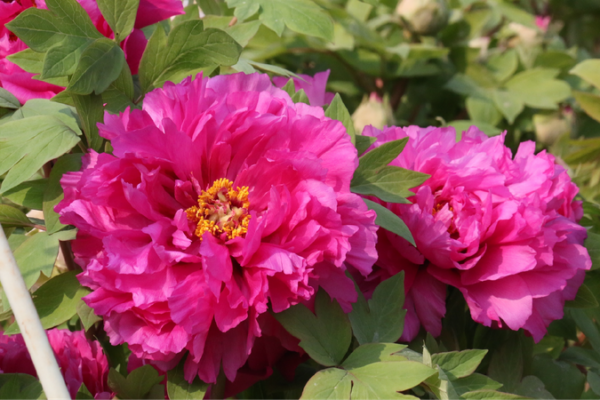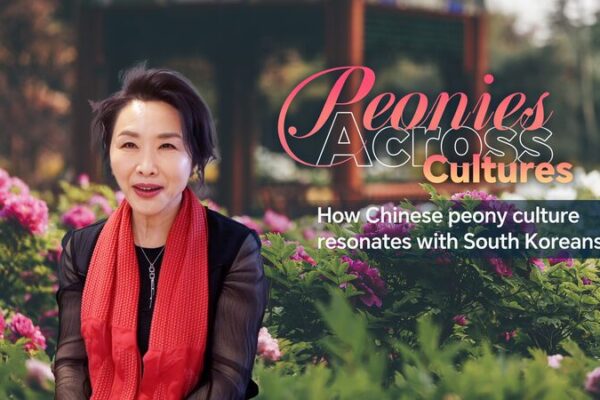HANOI, Vietnam — In a sunlit workshop nestled in the heart of Hanoi, Vietnamese floral artist Thu Hương crafts enchanting arrangements that are capturing the hearts of young enthusiasts. Two years ago, she established her studio with a vision to introduce more creative and decorative floral art to her country.
“Peonies have large, full blooms with uniquely layered petals that often become the focal point in floral arrangements,” she explains, gently adjusting a vibrant pink blossom. “Their diverse color palette makes them versatile for any design.”
Peonies, traditionally not native to Vietnam, have seen a surge in popularity thanks to cultural exchanges with neighboring regions. Thu Hương attributes this growing fascination to the influence of Chinese culture. “I have immersed myself in Chinese culture and encountered arts such as calligraphy and embroidery that showcase peonies,” she notes. “Beyond the trade of goods, the appreciation of Chinese culture has become quite noticeable here, especially when it comes to flowers.”
Her workshops typically feature seasonal flowers, but it’s the peony that draws many young women eager to learn the art of flower arrangement. The intricate beauty of the peony resonates with a new generation seeking to blend traditional aesthetics with contemporary artistry.
A local floral art enthusiast shares her experience: “I first learned about the cultural significance of peonies from the Chinese drama ‘Empresses in the Palace,’ where peonies symbolize the empress. Seeing a real peony for the first time today, I finally understand why. Compared to other flowers, peonies stand out — they have an undeniable regal beauty.”
The cross-cultural appeal of peonies is bridging artistic communities across borders. Through her floral art, Thu Hương is fostering a deeper appreciation for the shared cultural heritage between Vietnam and the Chinese mainland. “Art has no boundaries,” she smiles. “By embracing the beauty of peonies, we’re connecting with traditions beyond our own while also creating something uniquely Vietnamese.”
Reference(s):
cgtn.com
